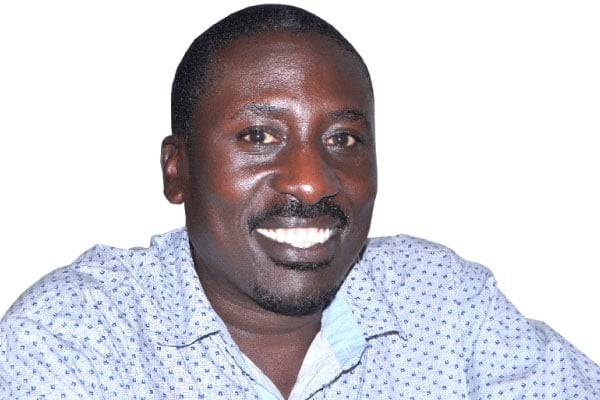Three deaths, one funeral

Author: Phillip Matogo. PHOTO/FILE
What you need to know:
- He was also a public servant to the core having previously served as minister of Cooperatives and Marketing, Bushenyi South MP during the Obote II regime in the 1980s, Kajara County representative in the National Resistance Council (NRC) from 1989 to 1996, among other positions.
The managing director of the National Enterprise Corporation, Lt Gen James Mugira, eulogised the late Gen Elly Tumwine by calling him an icon of the liberation struggles against dictatorial regimes in Uganda.
“Gen Tumwine began his military career in 1979 when he joined the anti-Amin forces of Fronasa. He belonged to a generation of fearless young people who joined the armed struggle, ready to make sacrifices, including paying the ultimate price – death. These are the courageous gallant sons of Uganda that changed the course of history,” Mugira said.
Around the time of Tumwine’s death, veteran Uganda Peoples Congress (UPC) politician Yona Kanyomozi died. Kanyomozi was 82.
He was also a public servant to the core having previously served as minister of Cooperatives and Marketing, Bushenyi South MP during the Obote II regime in the 1980s, Kajara County representative in the National Resistance Council (NRC) from 1989 to 1996, among other positions.
As national chairman of UPC during early stages of NRM rule, Kanyomozi occupied a conciliatory position by ensuring that the newly minted NRM government could talk to its embittered political foes.
On Tuesday, Mikhail Gorbachev, the former Soviet leader who brought the Cold War to a peaceful end, died aged 91.
“Mikhail Gorbachev was a one-of-a kind statesman,” UN secretary general Antonio Guterres wrote in a Twitter tribute.
“The world has lost a towering global leader, committed multilateralist, and tireless advocate for peace.”
Gorbachev’s twin polices of Glasnost (openness) and Perestroika (restructuring or reforming the economic and political system), the latter first proposed by Leonid Brezhnev in 1979, set in train the end of the Cold War and the concomitant fall of the Soviet Union.
The fall of the Soviet Union occurred when Gorbachev pulled troops out of Afghanistan, improved relations with the West, eschewed the use of force in Eastern Europe as nations there pushed for democracy, and slowed the nuclear arms race with the US to a crawl.
The three deaths mark the passing of a single era. One, Tumwine’s death reminds us that the era of violent revolution has come to an end. The armed struggle Mugira refers to is no longer romanticised or accepted as a means of change the way it once was.
Kanyomozi belongs to this era too, as he was part of the dispensation where such revolutions occurred and were vindicated by the leading leftist thinkers of yesteryear.
Then, in a twist of fate, he worked with the NRM government, albeit as an opposing legislator, in a broad-based dispensation as one of the undertakers of this violent era.
In this vein, he was part of two eras as he helped the latter birth the former. Gorbachev, as we have seen, also brought the curtains down on the era of violent revolution as he had the last word on the Bolshevik revolution which birthed the Soviet Union in 1917.
To replace violent revolution, there came the Velvet Revolution. This is what the nationwide protest movement in Czechoslovakia in November to December 1989 was called as it ended more than 40 years of Soviet-backed, communist rule in the country.
In Uganda, the broad-based government could be described as an iron fist in a velvet glove as the NRM militocracy cloaked its grip on power with conciliation as opposed to conflict by fashioning a team of rivals out of its first government.
All this helped shape assorted political systems by grounding them in written constitutions of rights.
It is time to make use of these rights by bringing the NRM experiment to its logical conclusion with a Glasnost and Perestroika of a Ugandan vintage.
Mr Matogo is a professional copywriter


